Crafting your own omamori – those charming Japanese amulets believed to bring good luck and protection – is an immersive cultural experience that shouldn’t be missed. Guided by skilled artisans, you’ll learn the intricate techniques behind these treasured talismans, selecting vibrant fabrics and materials to create a personalized memento. It’s a captivating journey that connects you to Japan’s spiritual heritage in a truly memorable way. But the real magic happens when you uncover the deeper significance behind these cherished charms.
Key Points
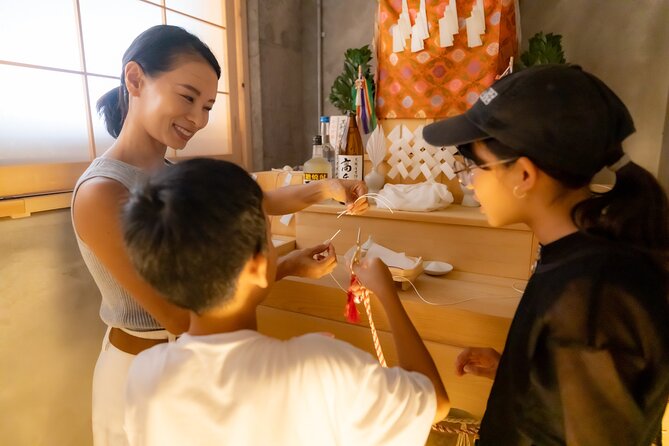
- Visitors can participate in hands-on workshops to learn the intricate craft of making traditional Japanese omamori amulets.
- Under the guidance of skilled artisans, participants can personalize their omamori with vibrant fabrics, materials, and calligraphy.
- The omamori making experience provides a deeper appreciation for Japan’s cultural heritage and the spiritual symbolism behind these talismans.
- The calm and serene environment of the workshop enhances the connection between the participants and the centuries-old tradition of omamori creation.
- Proper care and maintenance, such as keeping omamori in a clean, dry place and avoiding direct sunlight, ensure the longevity of the blessings and good luck they represent.
What Is Omamori?
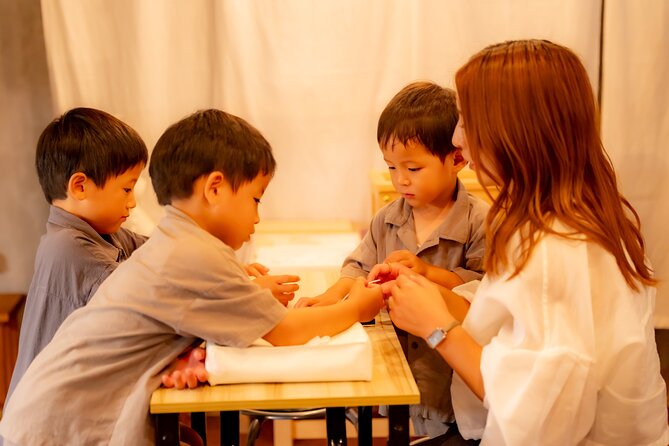
Omamori are traditional Japanese amulets or talismans, commonly found at Shinto shrines and Buddhist temples throughout the country.
They’re believed to provide protection, good luck, or specific benefits to the holder. Omamori come in various shapes, sizes, and colors, each representing a different purpose – from success in school to safe travels.
They’re often wrapped in decorative silk pouches and feature intricate embroidery or calligraphy.
Carrying an omamori is a cherished cultural practice, with people seeking them out to celebrate special occasions or to get a little extra divine intervention in their lives.
You can also read our reviews of more tours and experiences in Tokyo.
The History of Omamori
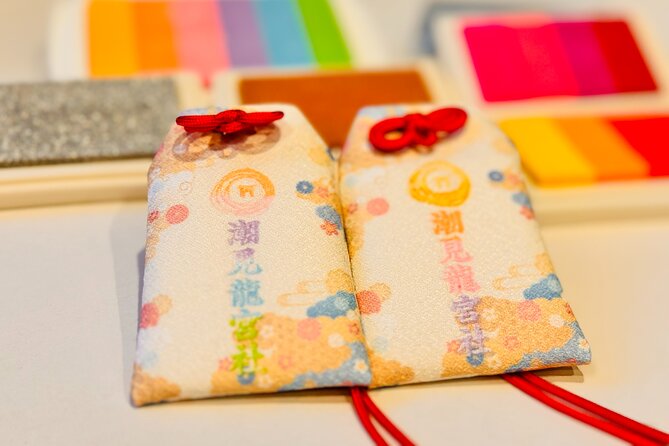
Though the origins of omamori can be traced back centuries, their roots are firmly grounded in the rich tapestry of Japan’s spiritual and cultural heritage.
These traditional amulets have long been believed to bestow blessings, protection, and good fortune upon their bearers. Originally crafted by Buddhist monks, omamori evolved to encompass a diverse array of designs and purposes, reflecting the varied deities and beliefs of Japan’s religious landscape.
From love and prosperity to academic success and safe travels, these compact talismans have become an integral part of Japanese daily life, imbued with centuries of sacred symbolism.
The Significance of Omamori
Beyond their rich historical origins, omamori hold a profound significance in Japanese culture.
These sacred amulets are believed to provide spiritual protection, blessing, and good fortune to their owners. Whether it’s for academic success, safe travel, or financial prosperity, each omamori is imbued with a specific purpose.
Carrying an omamori close to the body is seen as a tangible connection to the divine forces that guide one’s life. For many Japanese, these talismans aren’t mere trinkets but deeply personal tools for cultivating inner harmony and resilience.
The ritual of creating an omamori further reinforces its potent symbolism.
The Omamori Making Experience
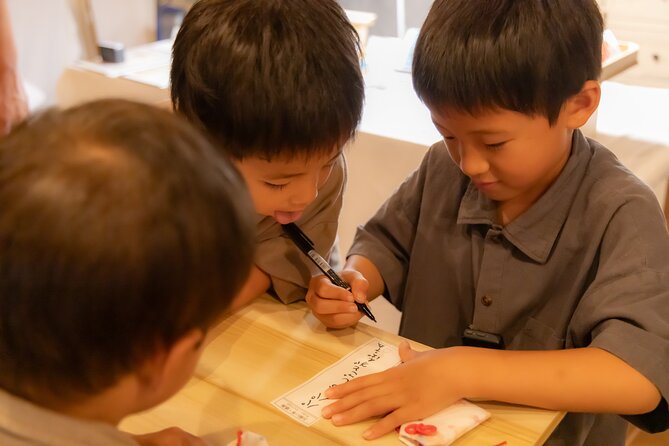
Stepping into the basement of Shiomi Ryugusha, visitors embark on a captivating journey to uncover the centuries-old tradition of omamori making.
Guided by skilled artisans, they’ll learn the intricate techniques used to craft these beloved charms. With an array of vibrant fabrics and materials at their fingertips, guests can personalize their very own omamori, imbuing it with their wishes and aspirations.
The calming ambiance and hands-on experience allow participants to connect with Japan’s rich cultural heritage, leaving them with a unique memento and a deeper appreciation for this time-honored practice.
Materials and Techniques
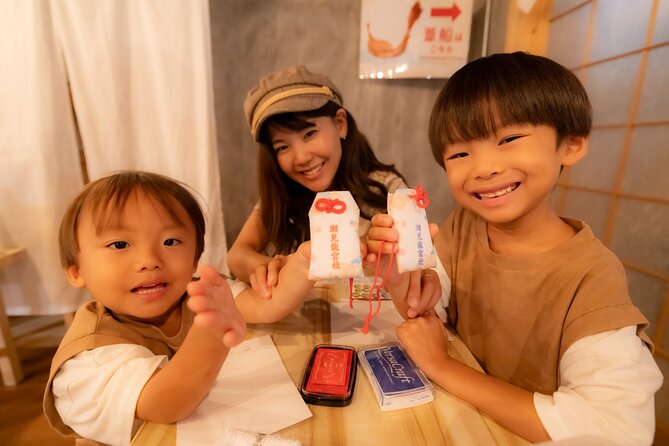
Skilled artisans guide visitors through the intricate materials and techniques used to craft these beloved Japanese charms. They start by selecting colorful fabrics, ribbons, and ornamental pieces.
Participants learn to carefully cut and sew the materials, creating the distinctive shape of the omamori. The artisans then instruct on how to incorporate auspicious symbols and inscriptions, imbuing the charm with meaning and power.
Delicate beadwork and embroidery add the final touches, transforming each omamori into a unique, personal talisman. Throughout, the artisans share the cultural significance and traditions behind these protective amulets, making the experience both educational and rewarding.
Personalizing Your Omamori
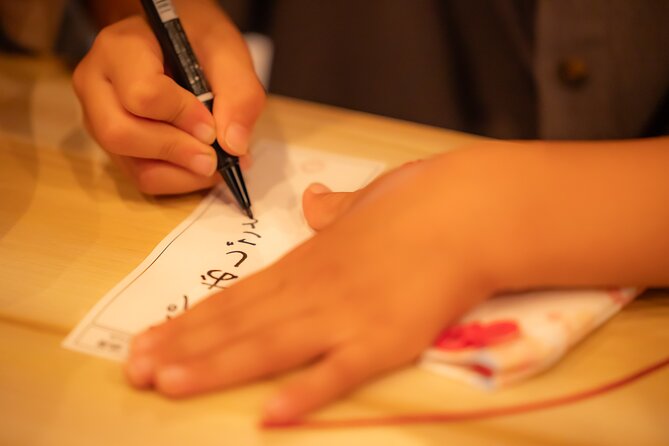
With the fundamental techniques mastered, participants now have the opportunity to truly make their omamori their own.
They’ll select from an array of colorful fabrics, ribbons, and charms to personalize their amulet. Some may choose a delicate floral pattern, while others might opt for a bold geometric design.
Tying the ribbon just so or adding a special trinket can imbue the omamori with personal meaning. The instructors guide participants, offering suggestions to bring their vision to life.
This creative process transforms a simple charm into a one-of-a-kind keepsake reflecting the maker’s unique style and personality.
Caring for Your Omamori
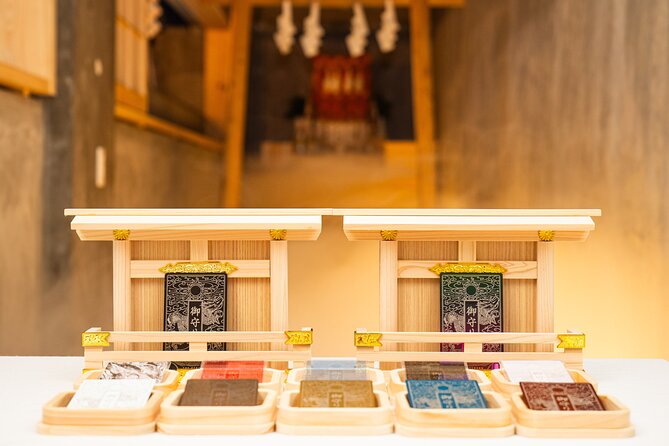
Caring for your new omamori doesn’t have to be complicated. These traditional Japanese amulets are simple to maintain.
Keep your omamori in a clean, dry place, away from direct sunlight or moisture. Consider wrapping it in a soft cloth to protect the design.
When not in use, tuck it safely in your wallet, purse, or bag. Some people even attach their omamori to their keys or zippers for constant protection.
Avoid handling it excessively, as the materials can wear down over time. With a little care, your omamori can provide blessings and good luck for years to come.
Omamori as a Souvenir
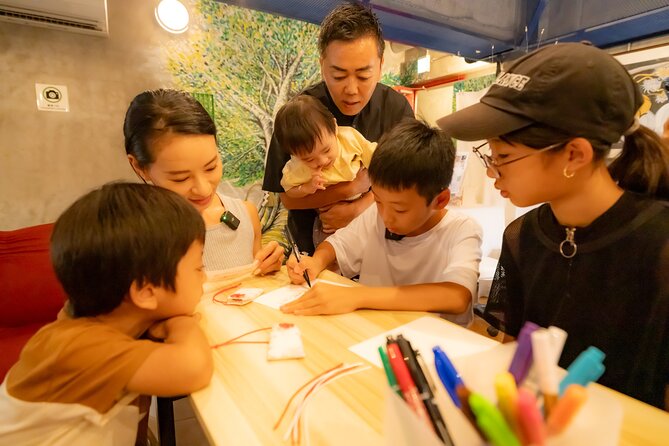
An omamori makes for a wonderful souvenir from Japan. These charming amulets are not just decorative – they’re imbued with spiritual significance and make perfect gifts for loved ones back home. You can find them in a variety of designs, each representing different blessings and wishes. Take a look at this table to get a sense of the types of omamori available:
| Blessing | Kami (Deity) | Common Design |
|---|---|---|
| Protection | Inari | Fox |
| Academic Success | Tenjin | Scholarly Items |
| Safe Travel | Hachiman | Arrows |
| Business Prosperity | Daikokuten | Mallet |
| Healthy Relationships | Sengen | Lotus Flower |
Omamori are affordable, portable, and brimming with Japanese cultural authenticity – the perfect memento to bring home.
Since You Asked
Can I Take the Omamori With Me on the Plane?
The omamori, or amulet, you make during the experience can generally be taken on a plane. Just be sure to pack it properly in your carry-on bag. The size and material shouldn’t cause any issues with airport security.
How Do I Know Which Omamori to Choose for My Needs?
When choosing an omamori, consider your specific needs – there are amulets for good luck, protection, academic success, and more. The staff can guide you to select the one that best fits your situation.
Is There a Special Way to Store the Omamori at Home?
There’s a proper way to store your omamori at home. Keep it in a clean, dry place away from direct sunlight or moisture. Some folks even wrap it in a small cloth to protect it. Just treat it with care and respect.
Can the Omamori Be Used for Other Purposes Besides Protection?
Absolutely, omamori can be used for more than just protection. Many people use them as good luck charms, hang them in their cars, or give them as gifts. They’re really versatile little amulets that can serve all sorts of purposes.
Are There Any Age Restrictions for Participating in the Experience?
There don’t seem to be any age restrictions – the experience is suitable for participants of all ages. As long as you’re able to handle the crafting, you can join in the fun, no matter how old you are.
The Sum Up
Crafting your own omamori is a captivating way to learn about Japan’s rich spiritual heritage. You’ll leave with a one-of-a-kind memento that reflects your personal creativity and newfound appreciation for these enchanting talismans. The omamori making experience offers a calming, meaningful connection to centuries-old traditions, allowing you to take home a piece of Japan’s enduring cultural legacy.
More Tour Reviews in Tokyo
- Tokyo Traditional Food Tour in a Small Group
- Private 1 Day Tour to Nikko: Onsen, UNESCO Shrines and Nature
- Tokyo 6 Hr Private Guided Tour & Rickshaw Experience
- Private Breakfast Tour at Tsukiji Outer Market
- Japan Autumn & Winter Illuminations Discovery Tour (12 Days)
- Old and New Tokyo Full Day Private Tour
Not for you? Here's more nearby things to do in Tokyo we have reviewed
- Tokyo Traditional Food Tour in a Small Group
- Private 1 Day Tour to Nikko: Onsen, UNESCO Shrines and Nature
- Tokyo 6 Hr Private Guided Tour & Rickshaw Experience
- Private Beginner Japanese Cooking Class Near Tokyo
- Private Breakfast Tour at Tsukiji Outer Market
- Japan Autumn & Winter Illuminations Discovery Tour (12 Days)
- Old and New Tokyo Full Day Private Tour
- 【Private】Sushi & Ramen Cooking & Sake Set in Tokyo!(+Recipe)
- Private 1 Day Tour to Kamakura: Sea, Temples, and Coastal Scenery
- Tokyo Castle & Imperial Palace , Historical Walking Tour
- One Way Shuttle Van Transfer, Tokyo⇔Hakone Area
- Barrier Free Transportation in Hakone, No Guide (Tokyo Dep.)
